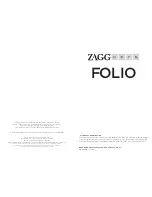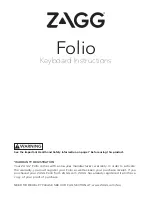
4
Tyros5 Reference Manual
1
1
Voices
– Playing the Keyboard –
Contents
........................................................................... 4
Selecting GM, XG and Other Voices
................................................................ 6
Touch Response and Effect-Related Settings
.................................................. 7
• Setting the Touch Response of the Keyboard
............................................... 7
.................................................................. 8
..................................................................................... 10
• Fine-tuning the Pitch of the Entire Instrument
........................................... 10
............................................................................................... 10
• Changing the Part Assignment of the TRANSPOSE Buttons
................................................................................ 12
• Editable Parameters in the VOICE SET Displays
...................................... 13
• Disabling Automatic Selection of Voice Sets (Effects, etc.)
Editing Organ Voices (Organ World)
............................................................ 17
Editing Ensemble Voices (Ensemble Voice Edit)
........................................... 19
The particular type of Voice is indicated at the upper left of the Voice name in the Voice Selection display. The defining
characteristics of these Voices and their performance advantages are described below.
Voice Types (Characteristics)
S.Art!
(Super Articulation)
These Voices provide many benefits with great playability and expressive control in real time.
For example, with the Saxophone Voice, if you play a C and then a D in a very legato way, you will
hear the note change seamlessly, as though a saxophone player played it in a single breath.
Similarly with the Concert Guitar Voice and play the D note strongly, the D note would sound as a
“hammer on,” without the string being plucked again. Depending on how you play, other effects
such as “shaking” or breath noises (for the Trumpet Voice), or finger noises (for the Guitar Voice)
are produced.
For details on how to best play each S.Art! Voice, call up the information window (pressing the
[6
] (INFO) button in the Voice Selection display).
S.Art2!
(Super Articulation2)
For wind instrument Voices and Violin Voices, a special technology called AEM (see below) has
been used, which features detailed samples of special expressive techniques used on those specific
instruments—to bend or slide into notes, to “join” different notes together, or to add expressive
nuances at the end of a note, etc. You can add these articulations by playing legato or non-legato, or
by jumping in pitch by around an octave. For example, using the Clarinet Voice, if you hold a C
note and play the Bb above, you’ll hear a glissando up to the Bb. Some “note off” effects are also
produced automatically when you hold a note for over a certain time. Each S.Art2! Voice has its
own default vibrato setting, so that when you select a S.Art2! Voice, the appropriate vibrato is
applied regardless of the Modulation wheel position. You can adjust the vibrato by moving the
Modulation wheel.
For details on how to best play each S.Art2! Voice, call up the information window (pressing the
[6
] (INFO) button in the Voice Selection display).
Live!
These acoustic instrument sounds were sampled in stereo, to produce a truly authentic, rich
sound—full of atmosphere and ambience.
NEXT PAGE





































